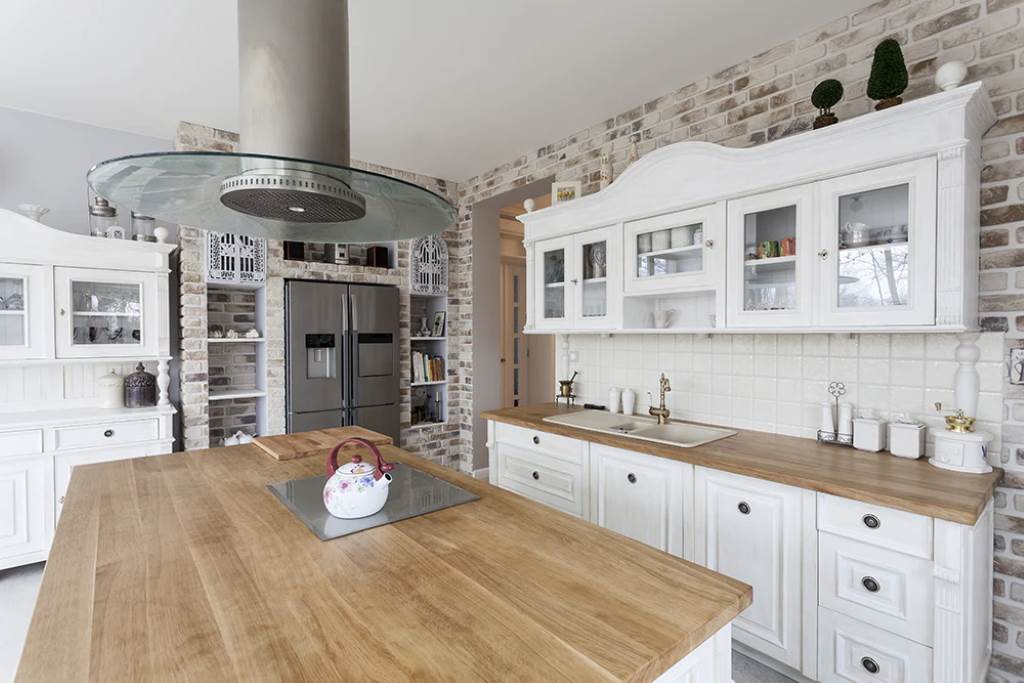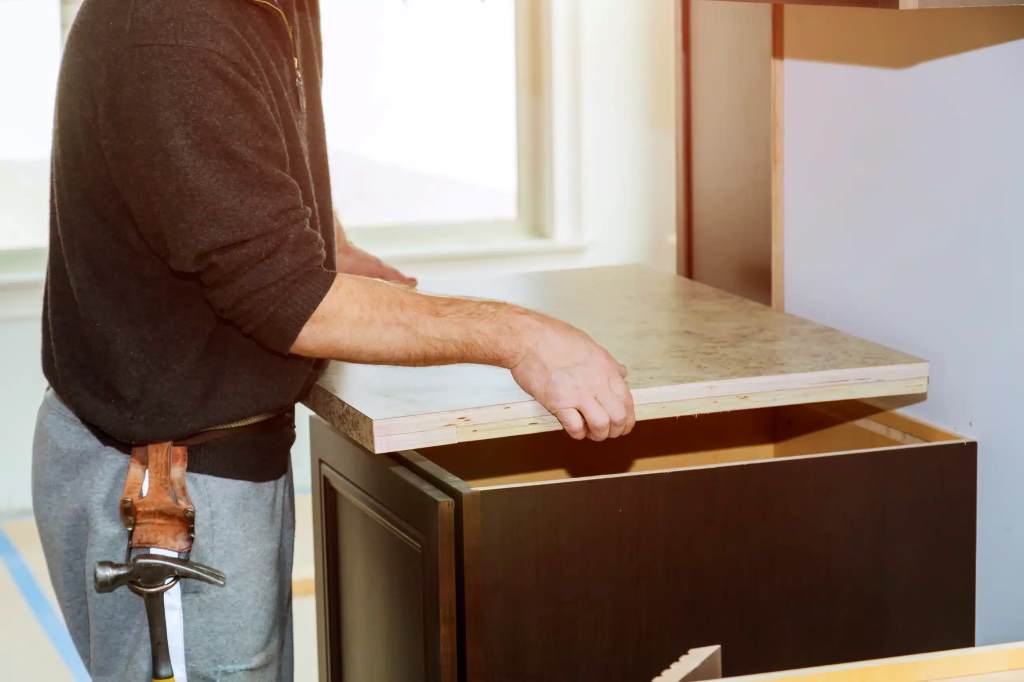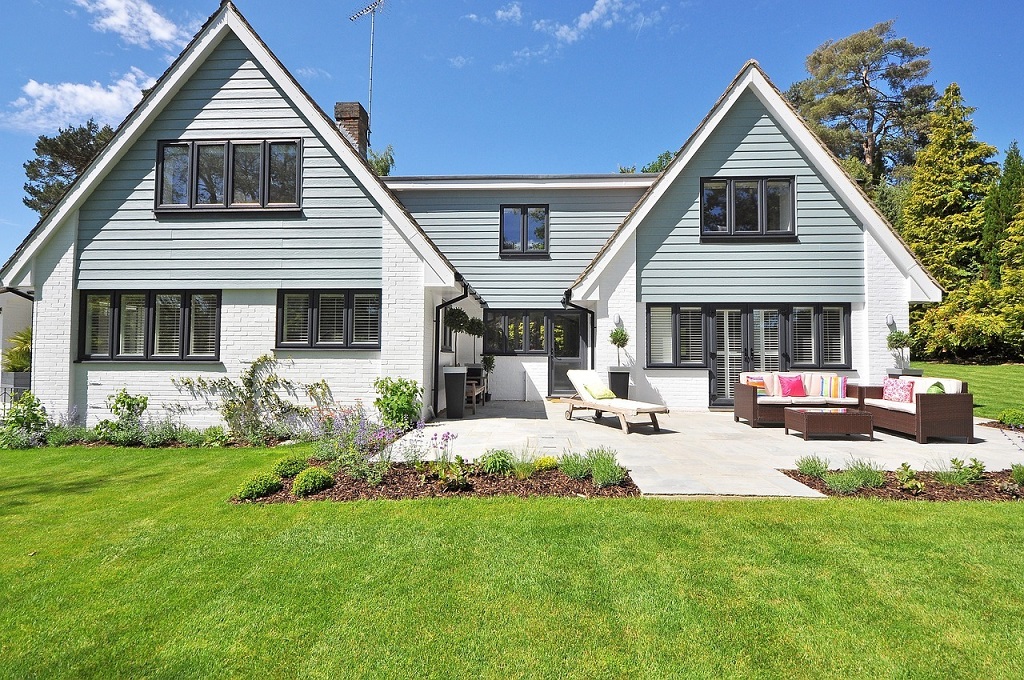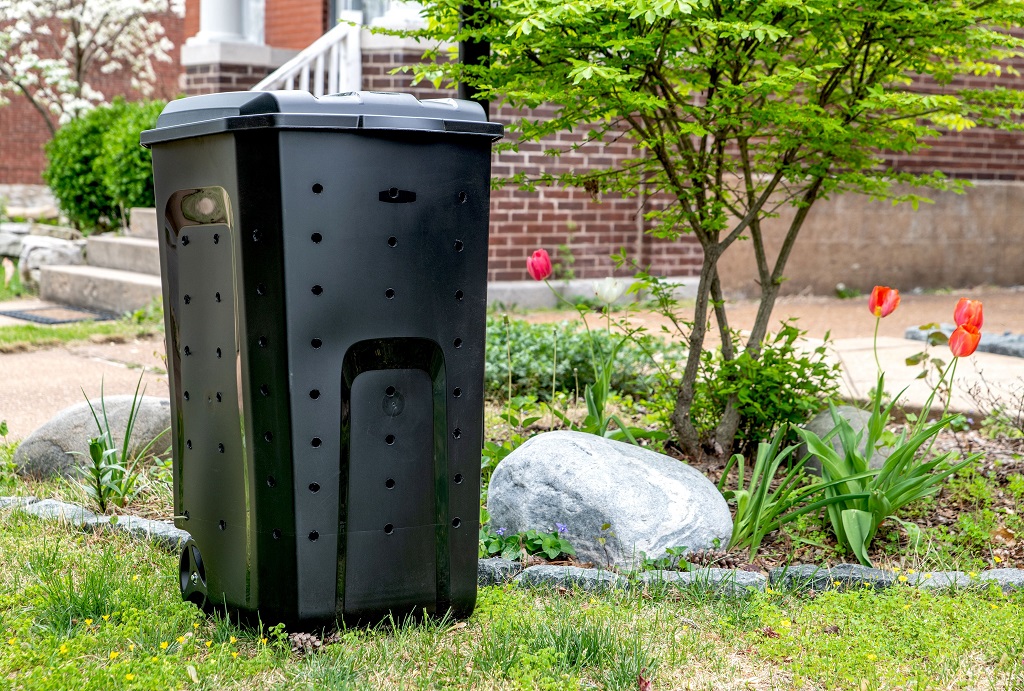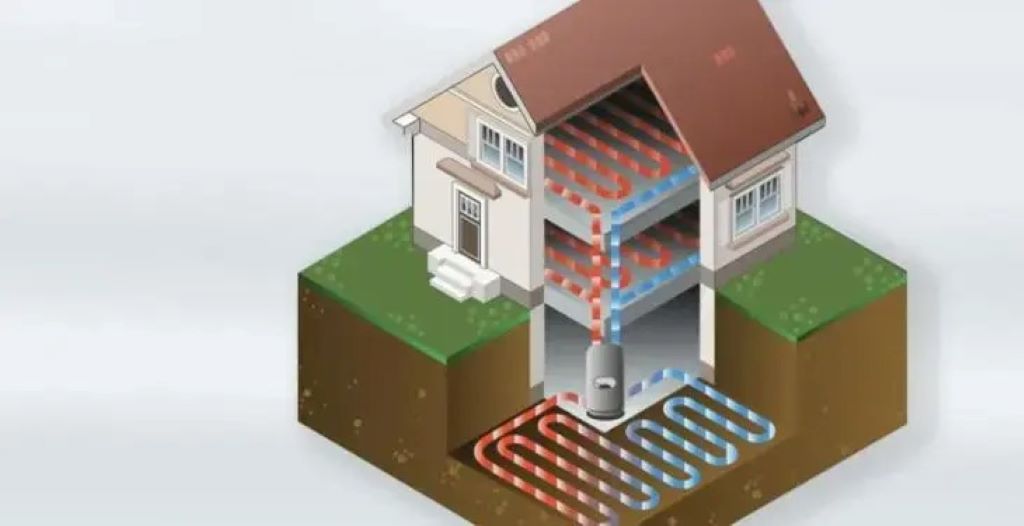Want a kitchen that’s stylish, functional, and kind to the planet? Installing a wooden countertop checks all those boxes. These natural beauties bring warmth and charm while supporting sustainable practices. Wood countertops, like butcher block or live edge designs, reduce reliance on synthetic materials. They’re a win for both your home and the environment. According to the U.S. Forest Service, sustainably sourced wood products store carbon, cutting greenhouse gas emissions by up to 30%. The Environmental Protection Agency notes that using reclaimed wood can reduce landfill waste by 15%. Ready to transform your kitchen? Let’s explore how to install a wooden countertop and make a difference for nature.
Why Choose Wooden Countertops for Your Kitchen?
Wooden countertops blend style and sustainability. They add a rustic, timeless vibe to any kitchen. Unlike stone or synthetic options, wood is renewable and biodegradable. Choosing the right wood species, like Hard Maple or Brazilian Cherry, ensures durability and eco-friendliness. These countertops also support local economies when sourced from American lumber, like from the Appalachian Mountains. Plus, their natural oil finishes, like Boos Mystery Oil, are often VOC-free, keeping your home healthier.
Benefits of Wooden Countertops
- Eco-Friendly: Sustainably sourced wood reduces environmental impact.
- Unique Aesthetic: Face grain, edge grain, or end-grain butcher block styles offer distinct looks.
- Versatile Design: Fits farmhouse style, modern, or industrial-grade kitchens.
- Easy Maintenance: Simple care instructions keep them looking fresh.
- Customizable: Choose custom sizes, edge profiles, or live edge for a personal touch.
Step-by-Step Guide to Installing a Wooden Countertop
Installing a wooden countertop is a rewarding DIY project. With the right tools and steps, you can achieve a professional look. Here’s how to do it.
1. Choose Your Wood Countertop
Select a wood species that suits your needs. Hard Maple is durable and versatile. Brazilian Cherry adds rich color. Knotty pine offers a rustic charm. Consider grain style: face grain for a sleek look, edge grain for strength, or end grain for a classic butcher block. Reclaimed wood countertops or wide plank designs add character and eco-credentials.
2. Measure and Plan
Measure your kitchen’s countertop space carefully. Account for sinks, stoves, or CNC laser cutouts. Double-check measurements to avoid costly mistakes. Order custom wood countertops if standard sizes don’t fit. Check lead times, as custom orders may take longer. Some suppliers offer free shipping, so explore those options.
3. Prepare the Surface
Clear your kitchen cabinets of debris. Ensure they’re level and sturdy. Use steel stabilizers if needed for extra support. Sand down any uneven surfaces. A smooth base ensures your countertop sits flush.
4. Cut and Fit the Countertop
Use precision cuts for a perfect fit. Mitered cuts work well for corners. For a rustic edge, consider live edge wood countertops. If you’re adding a sink, use a CNC laser for accurate cutouts. Test-fit the countertop before securing it.
5. Secure the Countertop
Apply adhesive or screws to attach the countertop to your cabinets. Use eased edge profiles for a polished look or rustic edges for a natural vibe. Ensure the countertop is level. Tighten screws carefully to avoid damaging the wood.
6. Finish and Seal
Apply a natural oil finish, like Boos Mystery Oil, to protect the wood. VOC-free finishes are best for indoor air quality. Sand lightly between coats for a smooth countertop finish. Follow care instructions to maintain humidity resistance and prevent color variation.
7. Add Final Touches
Inspect for gaps or uneven edges. Fill small gaps with wood filler. Clean the surface thoroughly. Your new countertop is ready to shine in your kitchen décor.
How Wooden Countertops Help Save Nature
Wooden countertops are more than a design choice—they’re a step toward sustainability. Here’s how they contribute to a greener planet.
Sustainable Sourcing
Choose American-sourced lumber from managed forests. The Appalachian Mountains, for example, provide high-quality wood while supporting conservation. Sustainable forestry sequesters carbon, reducing greenhouse gases. According to a 2023 study by the National Forest Foundation, responsibly managed forests absorb 15% more carbon than unmanaged ones.
Reclaimed and Recycled Wood
Reclaimed wood countertops reduce deforestation. They repurpose old wood from barns or factories, cutting landfill waste. This choice preserves natural resources and adds unique character to your kitchen.
Low-Impact Manufacturing
Traditional woodworking and modern production processes minimize energy use. Many manufacturers avoid harmful chemicals, opting for natural oil finishes. This reduces pollution and keeps your home safe.
Longevity and Biodegradability
Solid wood countertops last decades with proper care. Unlike plastic or composite materials, wood biodegrades naturally. This reduces long-term environmental impact.
Design Ideas for Wooden Countertops
Wooden countertops suit various kitchen styles. Here are some ideas to inspire your project.
- Farmhouse Style: Pair wide plank oak wood countertops with white cabinets for a cozy look.
- Modern Minimalist: Use Hard Maple with a sleek edge profile for a clean, contemporary vibe.
- Rustic Charm: Choose knotty pine or live edge wood countertops for a natural, organic feel.
- Industrial Edge: Combine walnut wood countertops with steel stabilizers for a bold statement.
- Exotic Appeal: Brazilian Cherry or exotic hardwood countertops add vibrant color and luxury.
Mix and match grain styles, like face grain or end grain, to create a custom look. Add rustic edges or eased edges to enhance the design.
Discover Also:
Wool Carpet Cleaning: A Comprehensive Guide to Preserving Your Investment
Finding the Best Garbage Disposal: A Comprehensive Guide
Maintenance Tips for Wooden Countertops
Proper care keeps your countertop looking great. Follow these tips for long-lasting beauty.
- Clean Regularly: Wipe with a damp cloth and mild soap. Avoid harsh chemicals.
- Oil Monthly: Apply natural oil, like Boos Mystery Oil, to prevent drying.
- Avoid Excess Water: Dry spills quickly to maintain humidity resistance.
- Use Cutting Boards: Protect the surface from knife marks.
- Sand Minor Scratches: Lightly sand and re-oil to restore the finish.
Check inventory levels for maintenance products. Some brands, like John Boos or Hampton Bay, offer care kits. Download their app for DIY tips and product updates.
Common Challenges and Solutions
Installing wooden countertops can come with hurdles. Here’s how to tackle them.
- Warping: Choose humidity-resistant wood like Hard Maple. Store properly before installation.
- Staining: Apply a VOC-free finish to protect against spills.
- Uneven Cuts: Use precision cut tools or hire a professional for CNC laser cutouts.
- Cracking: Avoid extreme temperature changes. Use steel stabilizers for support.
- Color Variation: Embrace natural beauty or sand lightly for uniformity.
FAQs
Why Are Wooden Countertops Eco-Friendly?
Wooden countertops use renewable materials. Sustainably sourced lumber and reclaimed wood reduce environmental impact. Natural oil finishes avoid harmful chemicals.
What Wood Species Is Best for Kitchen Countertops?
Hard Maple, Brazilian Cherry, and oak are durable and stylish. Knotty pine suits rustic kitchens. Choose based on your design and durability needs.
How Do I Maintain a Butcher Block Countertop?
Clean with mild soap. Apply natural oil monthly. Use cutting boards to prevent scratches. Dry spills quickly to avoid water damage.
Can I Install a Wooden Countertop Myself?
Yes, with basic tools and careful planning. Measure accurately, use precision cuts, and follow care instructions for best results.
What Are the Best Edge Profiles for Wooden Countertops?
Eased edges offer a polished look. Rustic or live edges add natural charm. Choose based on your kitchen’s style.
Conclusion
Installing a wooden countertop in your kitchen blends style, function, and sustainability. From Hard Maple to reclaimed wood, these countertops bring natural beauty while supporting eco-friendly practices. Follow the steps to install your countertop with confidence. Choose sustainable materials to reduce your environmental footprint. With proper care, your countertop will last for years, enhancing your kitchen décor. Ready to start? Explore custom wood countertops and build a greener kitchen today.

